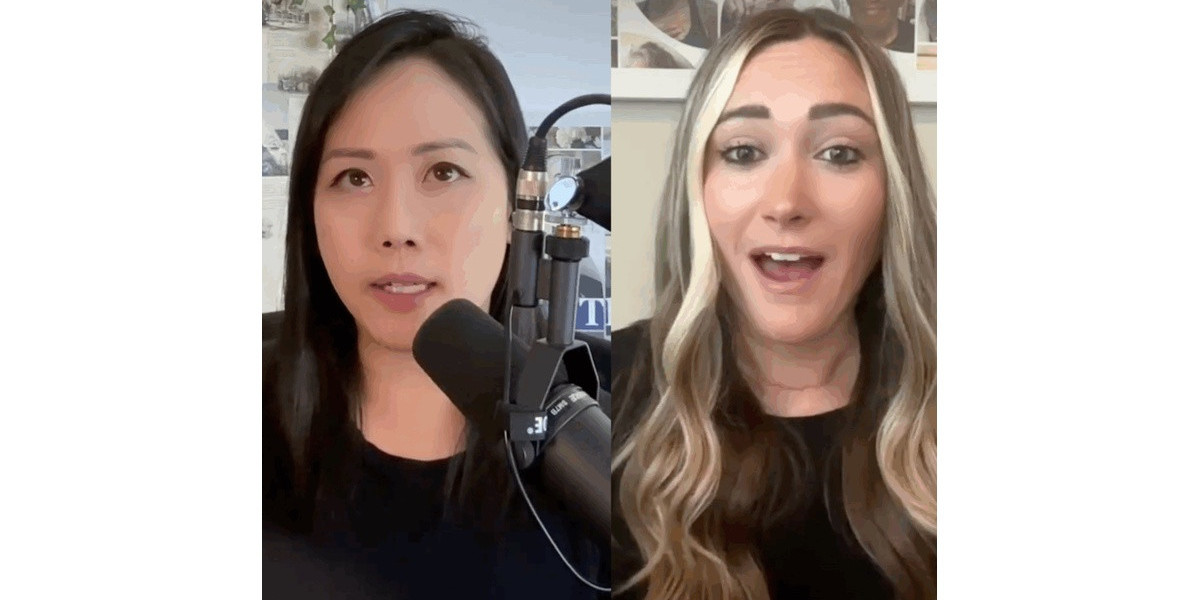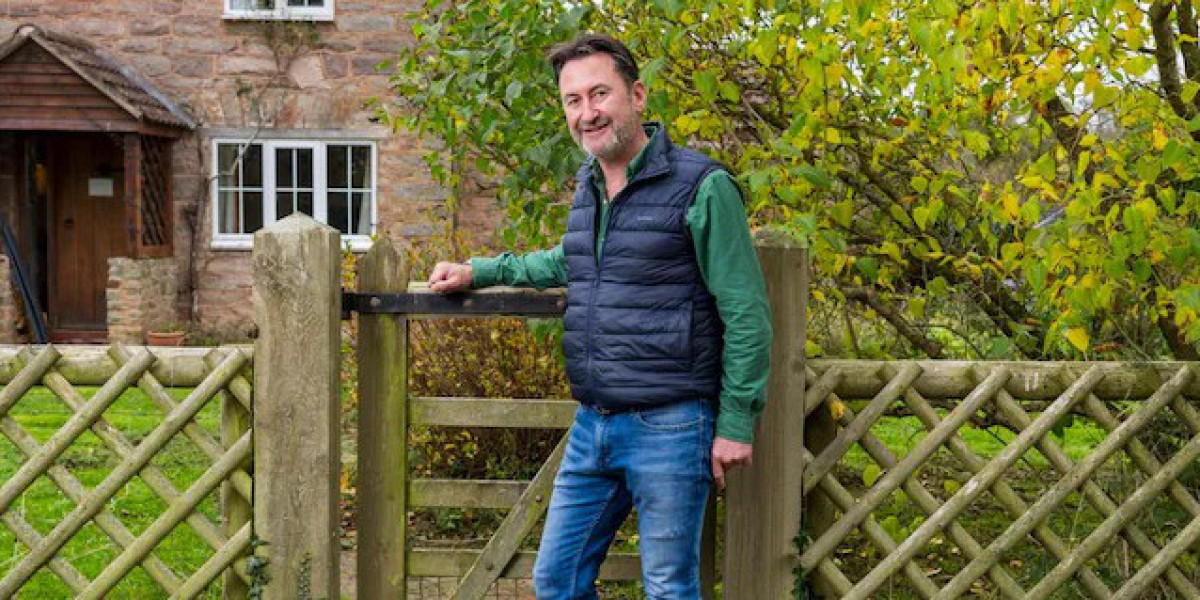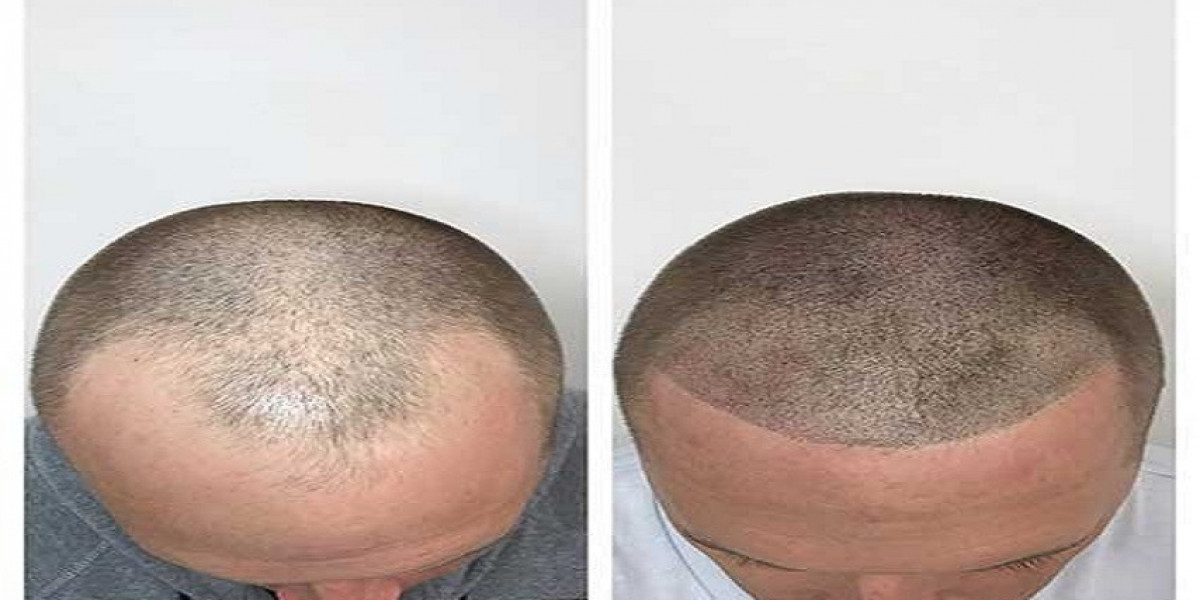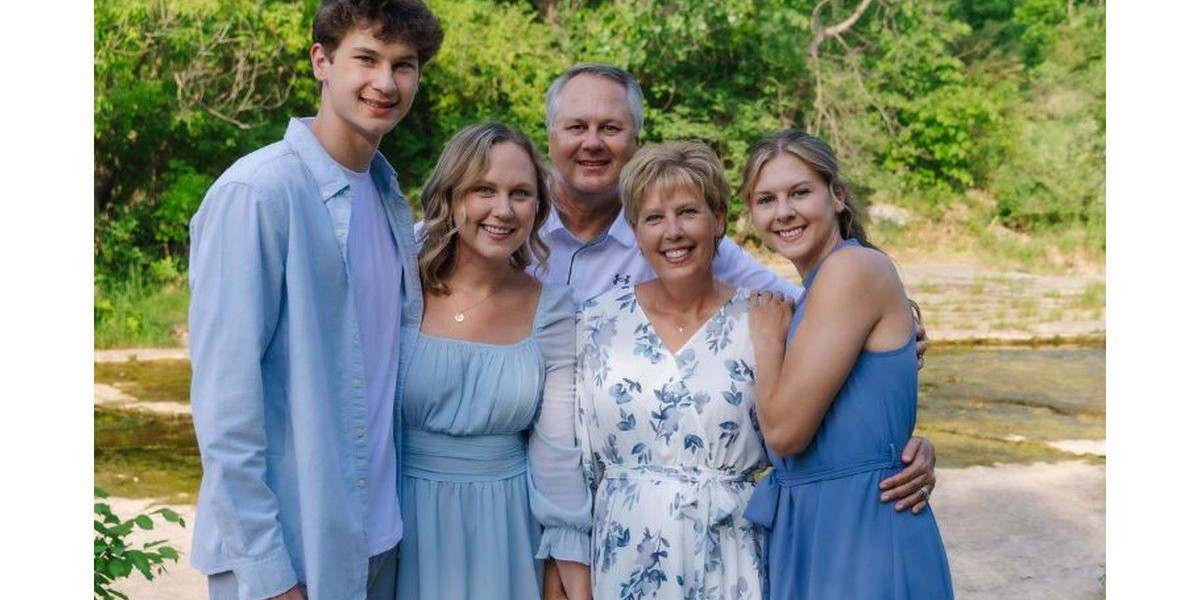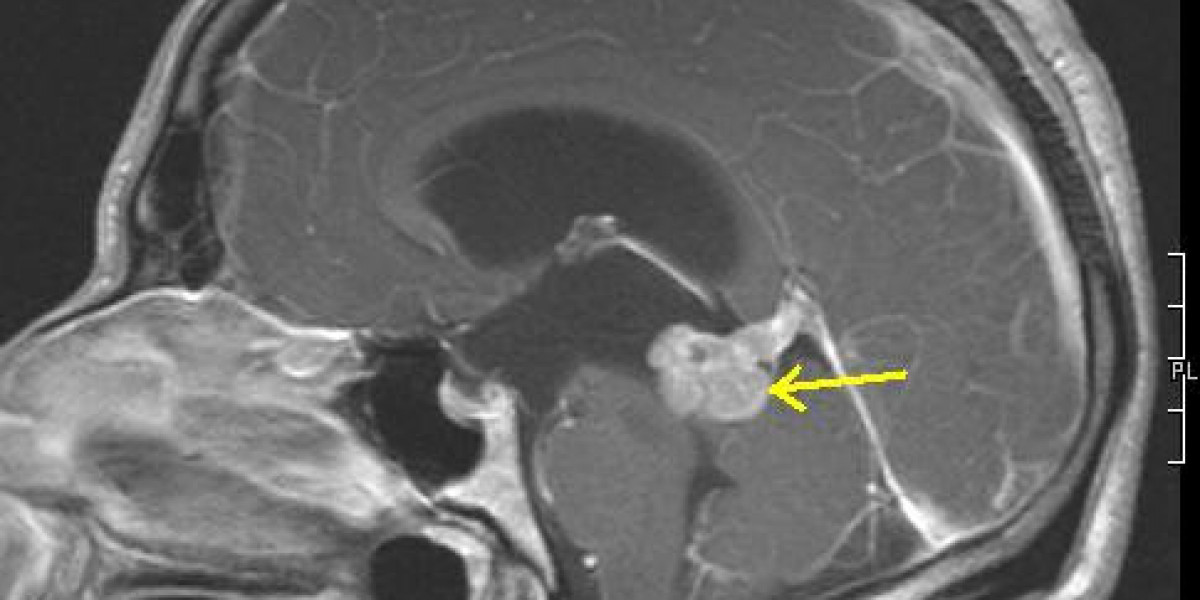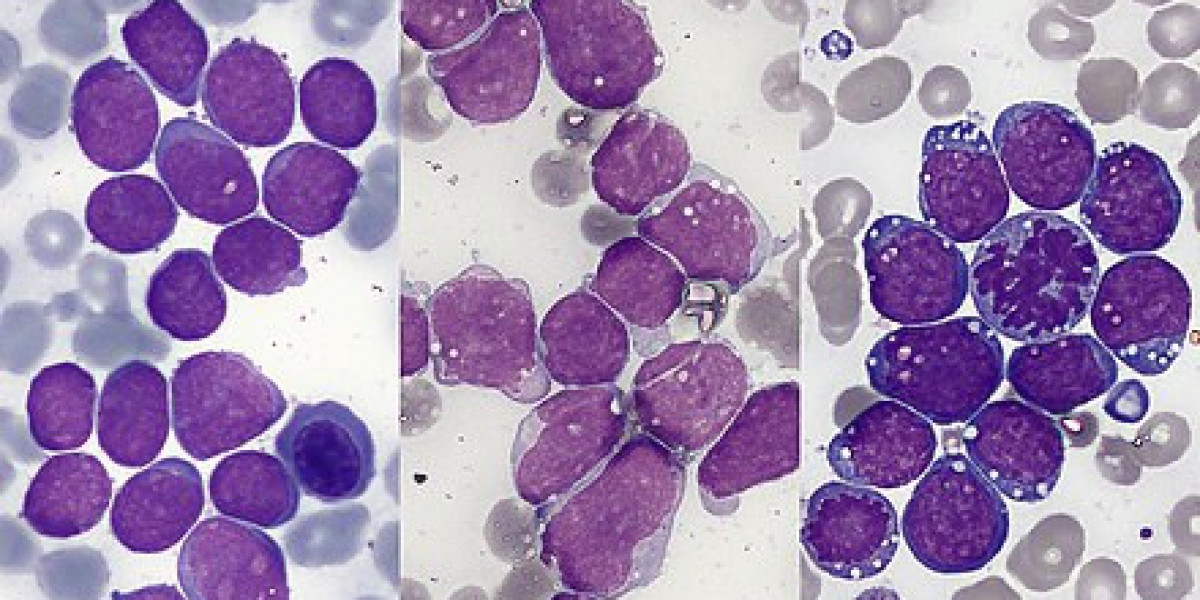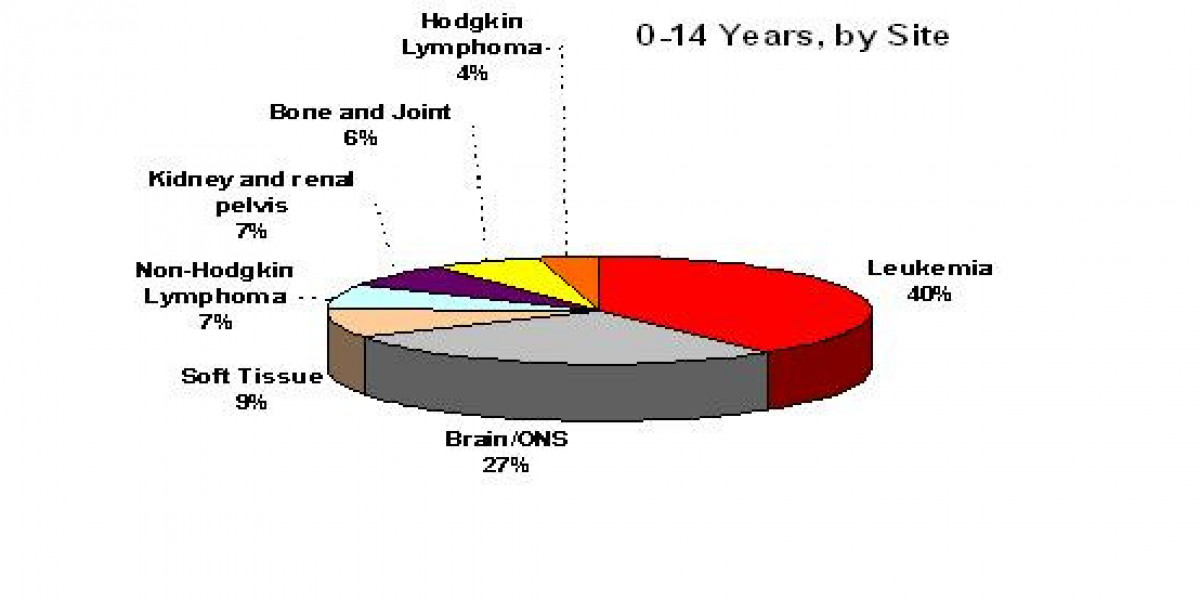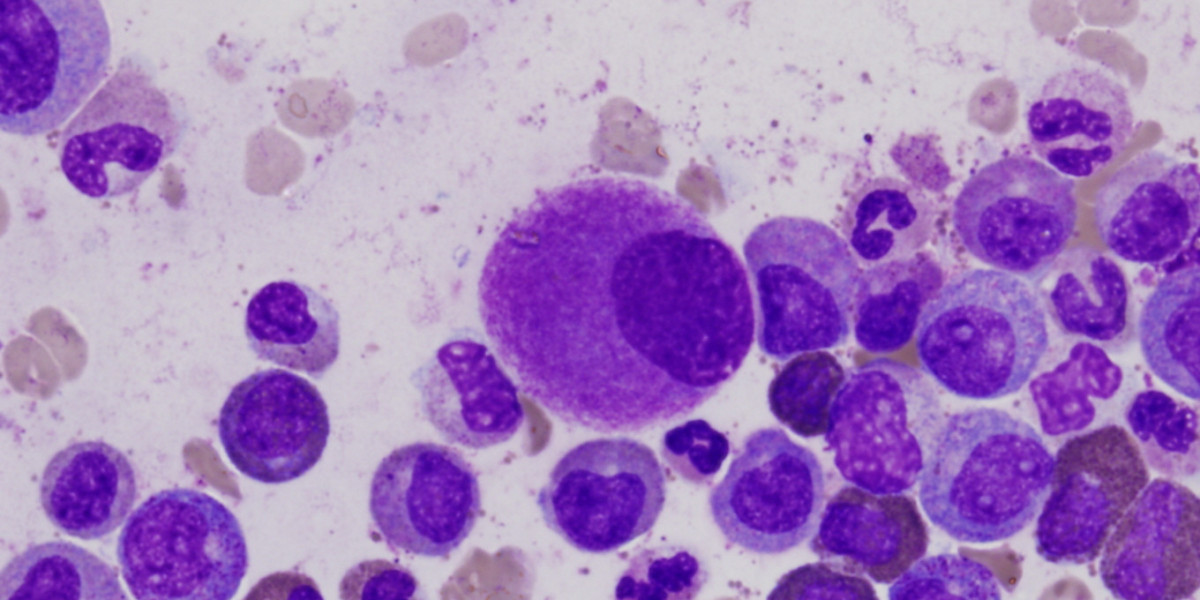The Patient Story Podcast: I’m a Young Cancer Patient
Taylor S., Patient Advocate, Thyroid Cancer (Oncocytic Carcinoma of the Thyroid Gland), Stage 1
“Give yourself grace, but also do it on your own time.”
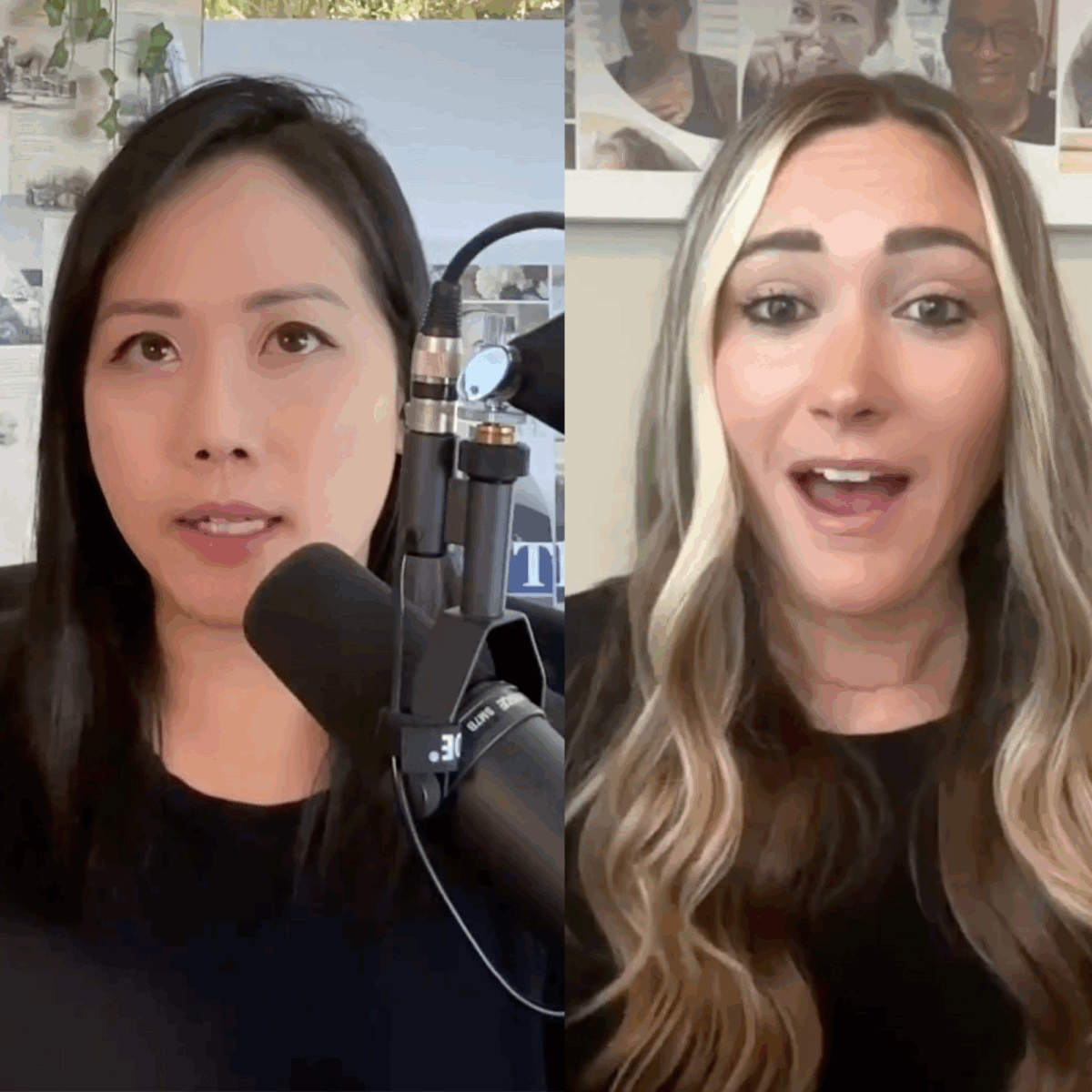
The Patient Story Podcast: I’m a Young Cancer Patient
(Ep. 01) From Cancer Caregiver to Patient: Taylor’s Story
What do you do when you get a cancer diagnosis? Where do you go? Whom do you call? How do you become your own patient advocate?
There are so many overwhelming questions that hit the people who’ve been diagnosed and those in their closest circles. Here is the first-ever episode of a new video podcast hosted by The Patient Story founder and lymphoma survivor Stephanie Chuang.
This inaugural episode features a special guest: Stephanie’s colleague at The Patient Story and fellow former TV journalist, Taylor Scheib, who shares her experience navigating a cancer diagnosis, shifting from her role as a patient advocate and the daughter of a cancer survivor — her mom, Kelly — to becoming a cancer patient, herself.
Interviewed by: Stephanie Chuang
Edited by: Chris Sanchez, Stephanie Chuang
Taylor shares the moment she discovered her diagnosis. She was sitting on her couch and casually checking her MyChart when the words “oncocytic carcinoma of the thyroid gland” appeared. (Editor’s Note: Oncocytic carcinoma of the thyroid gland is a rare, aggressive kind of thyroid cancer. It’s also known as Hürthle cell carcinoma.)
She was devastated by the diagnosis, but her background in patient advocacy helped her regain her footing. Her experience and knowledge built from working closely with both patients and caregivers helped her recognize symptoms and push for answers. This reinforces a crucial message: You are your own best advocate.

Taylor’s ability to listen to her body played a pivotal role in her experience. She had first noticed a nodule in her neck three years before her diagnosis, and had continued monitoring it through regular check-ups. When the nodule grew, she trusted her instincts and insisted on further evaluations, even when her concerns weren’t met with urgency. This underscores the vital lesson of trusting your body and speaking up when something feels off.
Taylor experienced further challenges when she tried to navigate the healthcare system. Her patience was tested by insurance hurdles, delays in scheduling surgeries, and having to wait for tumor board evaluations. She candidly discusses the frustration of feeling like just another case number. But her experience and resilience won through as she managed both the system and the mental toll of cancer. She found strength in support from her husband, family, and friends.
Taylor’s patient advocate experience also underscores the power of storytelling. At the start, it wasn’t easy for her to share her story publicly, but when she did so, she found it cathartic. Through opening up, she not only helped herself heal but also offered enlightenment and hope to others with similar struggles. Taylor’s authenticity is a good reminder that behind every social media highlight reel, real struggles do exist, and sharing them can be profoundly empowering.
Please scroll below to read the full transcript from The Patient Story Podcast Episode 1!
- Name:
- Taylor Scheib
- Age at Diagnosis:
- 30
- Diagnosis:
- Thyroid Cancer (Oncocytic Carcinoma of the Thyroid Gland)
- Staging:
- Stage 1
- Symptom:
- Appearance of neck nodule that grew over three years
- Treatments:
- Surgery: thyroidectomy
- Radiation therapy: iodine therapy (upcoming)
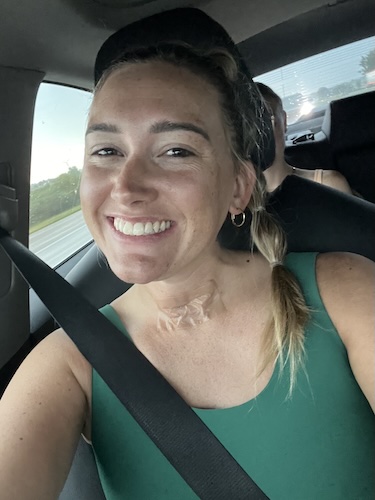
- Podcast Summary
- Introducing Taylor: A Patient Advocate Becomes the Patient
- The Shock of Diagnosis: Getting News from MyChart
- Emotional Fallout: Processing a Cancer Diagnosis
- Self-Advocacy: Trusting Your Instincts and Pushing for Answers
- Barriers and Delays: Navigating the Healthcare System
- The Waiting Game: Coping with Uncertainty and Lack of a Plan
- Community and Connection: Reaching Out and Trauma Bonding
- Telling Others: Navigating Reactions and Support Systems
- Supporting a Loved One: Tips for Friends and Family from a Patient Advocate
- Sharing the Journey Publicly: The Power and Healing of Storytelling
- Give Yourself Grace: Final Reflections and Words of Wisdom
Give yourself grace. But do it on your own time.
Editor’s Note: This transcript has been edited only for simple clarity.
Podcast Summary
- When It Rains, It Pours
- Taylor shares her mom’s own brush with cancer and how this was her first touch point in joining The Patient Story.
- Taylor and Stephanie talk about the unpredictability of medical challenges, including those faced by cancer patients.
- Introducing Taylor: A Patient Advocate Becomes the Patient
- Taylor discusses her role at The Patient Story and how it made her more aware of cancer and its impact.
- Taylor and Stephanie delve into the unexpected turn Taylor’s cancer experience took.
- The Shock of Diagnosis: Getting News from MyChart
- The moment Taylor learned about her diagnosis and the emotions that welled up.
- The challenges associated with getting life-changing news like she did over a digital platform like MyChart.
- Emotional Fallout: Processing a Cancer Diagnosis
- The immediate emotional impact when Taylor heard the word “carcinoma.”
- The questions that surfaced afterwards.
- Self-Advocacy: Trusting Your Instincts and Pushing for Answers
- Taylor discusses the importance of self-advocacy and being a patient advocate in healthcare, as well as the power of listening to one’s body.
- She also opens up about her persistence in getting her nodule checked and how it helped her get results.
- Barriers and Delays: Navigating the Healthcare System
- Taylor and Stephanie delve into the problems many patients experience when they try to navigate the healthcare system, including systemic delays and provider shortages.
- They also explore the frustration patients can experience when urgent concerns face logistical roadblocks.
- The Waiting Game: Coping with Uncertainty and Lack of a Plan
- Taylor and Stephanie discuss how difficult it can be to wait for clear next steps post-diagnosis.
- They outline and explore strategies to help manage mental health during periods like these.
- Community and Connection: Reaching Out and Trauma Bonding
- Taylor shares how reconnecting with old friends and the support from her community have been vital during her journey.
- “Give yourself grace, but also do it on your own time.”
- Telling Others: Navigating Reactions and Support Systems
- Taylor and Stephanie reflect on how to talk about a new diagnosis, the variety of reactions from others, and maintaining boundaries in relationships.
- Supporting a Loved One: Tips for Friends and Family
- They offer tangible advice for supporters: what to say, what not to say, and how to truly show up.
- “The small stuff means more.” — Some of the most thoughtful and meaningful gifts aren’t the most expensive ones.
- Sharing the Journey Publicly: The Power and Healing of Storytelling
- Taylor explains why she chose to be open on social media and the cathartic role of storytelling.
- She offers advice for those who are also considering sharing their experiences.
- Give Yourself Grace: Final Reflections and Words of Wisdom
- In closing, Taylor and Stephanie share uplifting thoughts on the importance of being a patient advocate, self-compassion, and owning one’s narrative.
Introducing Taylor: A Patient Advocate Becomes the Patient
Stephanie Chuang: Hi, everyone. It’s Stephanie here with The Patient Story. I’m just starting something new here. Wanting to be able to touch base more with everyone out there who’s finding us. If you remember, I had my own cancer experience when I was diagnosed suddenly with a non-Hodgkin lymphoma. Diffuse large B-cell lymphoma. I was 31 at the time, two months from getting married, and it was a complete whirlwind, to say the least.
But joining me today, I’m so excited to introduce someone who many people may be familiar with on our channel, Taylor. Taylor is on our team at The Patient Story. An amazing leader. And Taylor’s joining us for not-so-great reasons, but I am so grateful that she’s coming on to share her story. So, Taylor, do you want to share a little bit about yourself first, of course, outside of the cancer diagnosis?
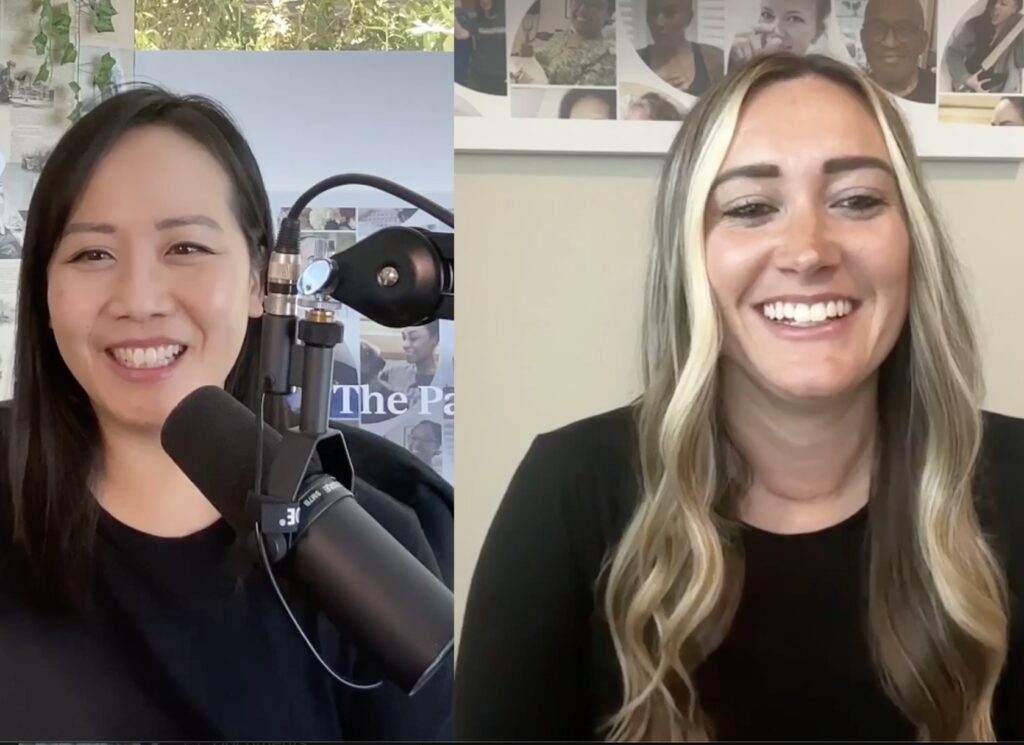
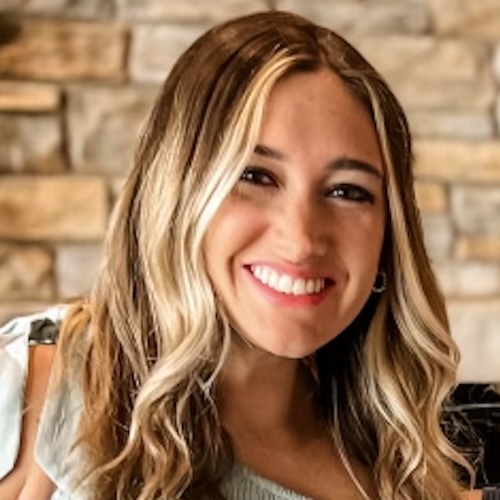
Taylor Scheib: Stephanie, thank you so much for the warm welcome. So crazy being on this side instead of being the one guiding the conversation. I live in the Pacific Northwest with my amazing husband Justin and our dog Sage. She is our world. She’s our Chocolate Lab. And we love to hike. We love to be outdoors, and we love to camp. I’m originally from Illinois, from a really small town. My high school graduating class was 30 people, and so I’m from a very rural area. And I’m so grateful where I grew up, though I have amazing friends and family back home, I’ve lived away from home for a long time, so that’s been an interesting part of navigating my situation. But yeah, my mom is a colorectal cancer survivor. She was diagnosed with stage 3 colon cancer in November of 2023.
Stephanie Chuang: Taylor has been someone who’s led so many of these conversations with people, with patients, caregivers, care partners, and you know, the first personal touch point in joining The Patient Story was you introducing your mom, Kelly, to the process. She shared her story of going through colorectal cancer. And I’m so grateful again to both of you for being so open about that. But you may see that Taylor has a throat scar. Yep. And that her voice sounds hoarse. She doesn’t normally sound like that. I was on a work trip, actually, and then, got a late text from Taylor, and that was, of course, not usual. So, Taylor, just walk us through what was happening at the time.
The Shock of Diagnosis: Getting News from MyChart
Taylor Scheib: Yeah, it was a Monday night. 5:15 p.m.. I was about two weeks post partial thyroidectomy for a nodule on the right side of my thyroid. And that night, I just got a message from MyChart with my pathology results. And when I got the pathology results, it was out of sight, out of mind, from my surgery. Because not once did anyone say, “Hey, be on the lookout for your pathology.” I knew that the nodule and the mass were going to be sent off, of course, but I never thought that when I got those results, it would read anything but benign. And unfortunately, when I got those results, I was sitting on my couch, my husband’s cooking dinner. I get into MyChart, and the first thing I see is “oncocytic carcinoma of the thyroid gland.”
I immediately shoot up. I’m crying. My husband is like turning off the burners in the kitchen because I just bluntly, out loud go, “I’m pretty sure I have cancer.” And my husband goes, “What? What do you mean?” And that word ‘carcinoma’. I know what that means. And I don’t know if, before starting at The Patient Story and dealing with my mom’s diagnosis that I would have known what carcinoma meant. And so, because I am educated, because I’m privileged to work for such an amazing company where I’m learning so much every single day, I knew carcinoma meant cancer. We immediately came to this very spot, right where I’m sitting. We got on my laptop, we started researching, and the word oncocytic was a word I had never heard. I’d never seen or heard anything. Yeah, you start to Google. And that’s where my patient advocate story began, with my diagnosis.
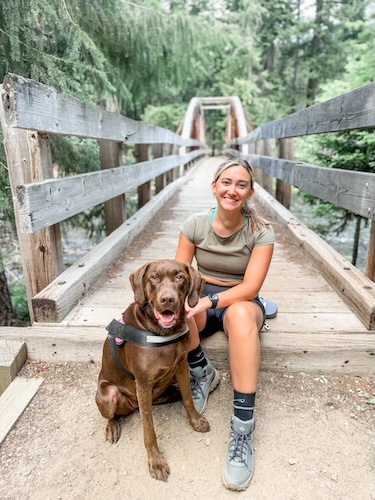
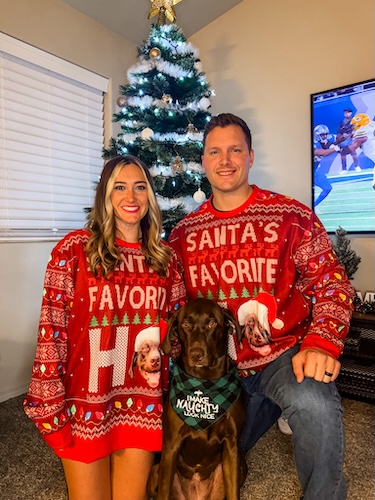
Stephanie Chuang: Oh, wow. Yeah, there’s a lot there, I know. When I got the message, and then I got on the phone with you and you told me, first of all. I mean, it just took me right back to that feeling of, wait a minute. What’s going on? Right. And cancer and all the things.
And of course, my diagnosis was years previous. I was diagnosed back in December of 2016 and into January 2017. So it’s been a minute, which I’m very grateful for. But really, no matter how long the time, I remember that feeling of, What the hell just happened? And in your case, to spell it out for people, they would go, “Oh, you have this nodule, and you need to get it removed.” It’s benign, though, and nowhere, never did anyone ever say it might be something.
Now, I can understand, by the way, why, without the information of a biopsy and without other, maybe contextual clues that they might say this is benign. But at the same time, there’s this whole thing of, oh, my God, you said the results had actually been in for a while, and then it just popped up on MyChart. What was hitting you in that moment about your life? What were the thoughts and the emotions?
Emotional Fallout: Processing a Cancer Diagnosis
Taylor Scheib: Yeah. I already have tears in my eyes thinking about this answer. Because when you work for an amazing organization like The Patient Story, you’re hearing these stories every single day. You’re writing scripts and you’re creating this beautiful content. The underlying thing is tragic, and that is a cancer diagnosis. And so I would be lying if I said I never thought I’d get cancer. I’ve thought it. And you become just so much more aware of your body and the feelings that you’re feeling, and going to the doctor and getting your checks, getting your women’s health exams when you’re listening to these incredible people every single day.
And then when your mom goes through it as well. So I was shocked. But when the dust settled, I wasn’t that shocked because cancer can happen to anybody. And so being so young, I had just turned 30. My husband and I just came back from this incredible trip to Puerto Vallarta that he planned for my 30th birthday.
And this year was going to be filled with amazing trips and celebrating friends who are getting married. And you know, we’re doing all of those things still, of course. But in that moment, I just thought, what are the next six months going to look like? I’m such a planner, as Stephanie knows.
And I just kept thinking, what is this going to look like for me? And then the unknowns started. That started the spiral of, How do we know for sure that it’s all gone? But, going back to the emotional part of it, it was devastating for my husband and me. We have heard about cancer a lot in our families, so cancer was not new to us even before starting my job. But it was still just heartbreaking, devastating.
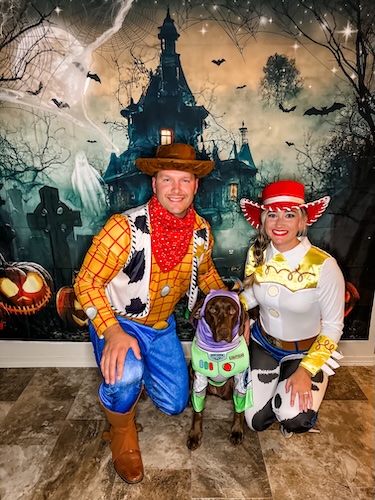
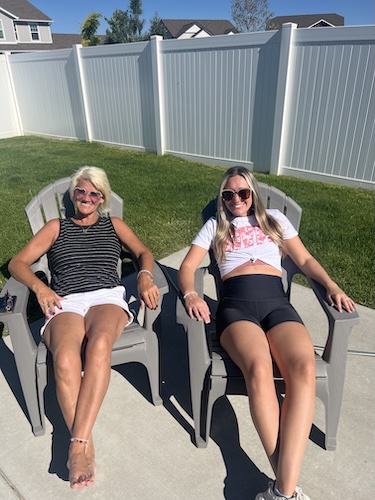
How could cancer be growing in my body for three years and I not know it, because I found the nodule three years ago? And so it was a hard moment. But because of my husband and his personality, and how just fun and outgoing and level-headed he is. It didn’t take me long from the initial spiral to come down and realize, this is not going to be my whole life. This is hopefully going to just be a moment in time. That was sad and devastating, but we’re going to look back at the beauty of it.
Stephanie Chuang: Yeah, that is so beautifully said. Thank you, Taylor. What I’m hearing you say is a few things. And by the way, I think this applies to people outside of cancer diagnoses. It’s like anything, anything in general, but definitely with healthcare, something that is about your body, maybe feeling like I’ve heard people, including myself, you know, talk about betraying us, you know, in a way. And you have the initial shock. There’s a lot of sadness, and there’s a lot of, how did this happen?
And then for you, what I’m hearing is that you went, okay, well, now it’s time to tackle this. This is not going to be my life. This is one thing that I’m just going to look at and get and get through. Right. And one of the things I know you exemplify, and I think you did before you started here, and maybe even more so now. But this idea of self-advocacy, which we hear so much about for you, started really early on because no one was really that concerned about your nodule except for you. And I think there’s a message in there. And what is that message for other people?
… you know your body best, and you know how comfortable you are with something inside your body or making a decision.
Self-Advocacy: Trusting Your Instincts and Pushing for Answers
Taylor Scheib: Yeah, that message would be, you know your body best, and you know how comfortable you are with something inside your body or making a decision. And for me, when I found the nodule. It was after my 27th birthday. We had just karaoke all night. It’s one of my favorite pastimes.
And I immediately went to the doctor, got bloodwork, got an ultrasound of the lump, and from there, it was my choice, what I would do with that information. So I continued getting my yearly exams, getting full blood work done. And last year was when I was like, okay, this is getting bigger. People are starting to notice it.
And I want to say this part as well, because I had a friend who, and this is where advocacy comes in many different ways, not only for yourself, but other people doing it for you. She noticed the lump, and her dad had thyroid cancer. So she asked me, “Have you gotten that checked out?” And I said, “Yes, I have.” But at that point, I realized that it’s been a year since I had done it previously. Why not get it done again? So I started the process all over. Routine blood work, ultrasound, you know, did that. And then I just wanted to get it out at that point because it was really large. It ended up being 5.7cm.
And so after that ultrasound, it was up to me to schedule the ENT appointment. You know, getting into the ENT took months. As we all know, those specialty appointments just take a long time to get into. So I finally got into the appointment in November, and my ENT was very casual about it. Looked at the ultrasound.
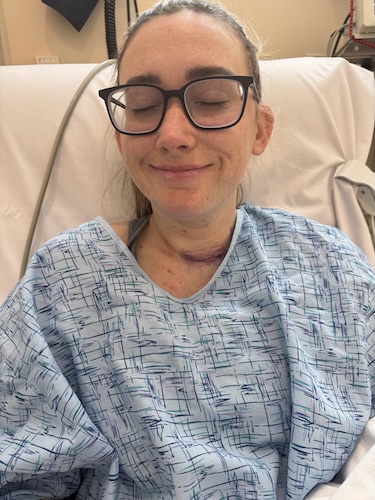
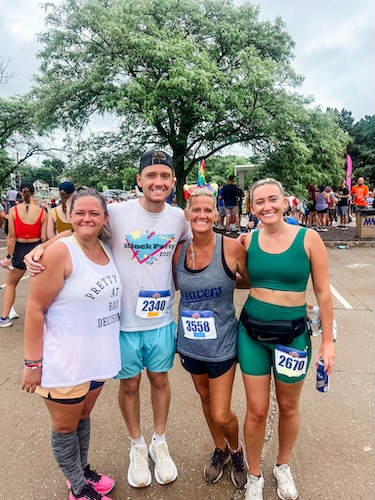
At this point, no one ever said, “Let’s do a biopsy,” and we don’t know if the biopsy even would have caught it anyway, so I’m not going to dwell on that. But she went, “Yeah, this is benign. The features are all normal. It’s your choice to get it out. Are you ready to have a scar? And I said, “Yeah, let’s go.” I just couldn’t do abs anymore. Like working out without it choking me. Being in bed, lying on it. I could feel it all the time at that point. So I advocated to get it out because I knew that was the best choice of action for me. It was also something my mom was telling me, “Maybe you should just get it out.”
But at this point, it had compromised that whole side of my thyroid. So I was going to have to get a partial thyroidectomy. So I was a little scared. But coming back to the self-advocacy part of this, you know your body best, and it’s okay to push and not necessarily get it removed. Did I push because they got me on the schedule, but I was non-emergent, so very limited spots to get. Surgery was scheduled for surgery in January. My insurance referral did not go through in time. So the morning of that original surgery in January, I’m on the phone with my ENT, and they’re like, well, you could just chance it. And I’m like, facing a large medical bill without the correct referral.
Stephanie Chuang: Right.
Taylor Scheib: And my husband’s in the military, so I knew there were a little bit more hoops to jump through with that type of insurance. And so I was on the books for April. It just automatically got pushed back three months.
Barriers and Delays: Navigating the Healthcare System
Stephanie Chuang: Yeah. So I just have to interject there because I feel like that part of the patient advocate story, right, is like it’s one of the parts of the experiences that we all experience to some degree, but isn’t talked about a lot, which is when you’re dealing with cancer. I remember, you know, getting told that this might be cancer and then being like, but it’s probably mono. And I was like, mono? And then it was like, but you need an ultrasound to one here, one here.
I got on the call to get it scheduled. And they said, “We don’t have an appointment for weeks.” And I’m thinking, you can’t tell me that there’s this thing and that I have to wait. So my point is that there’s the system, there’s like our situations, and this message of self-advocacy is, it truly is the squeaky wheel gets the grease or whatever, because you know, you know your body best what you just said and also you I mean, there’s some things that are out of our control. But you see, the system we’re working with and the unexpectedness of being like, how come I’m the only one who’s concerned about this? Did you feel that?
Taylor Scheib: Yes, I felt that. And it was. That’s been the whole thing over the last six months of seeing the NT. Getting the surgery scheduled is why there is no sense of urgency behind this. Every time I’ve seen my ENT. She’s so busy. When I had my follow-up for my surgery, it was not her. It was her [physician’s assistant] PA.
And it continued past my diagnosis. First of all, I found out through MyChart, which is a story I’ve heard, unfortunately. And every time someone I’m talking to tells me that story, instant goosebumps. Instant. Just feeling what they’re feeling through the screen. Then it was okay. Your case is going to be presented to the tumor board, and I want to make sure that I’m explaining what a tumor board is correctly.
So Stephanie, please help me with this color. But basically, when you have a unique case like mine, where we thought it was benign for three years, the mass was 5.7cm. And then on top of that, it is a less common subtype of thyroid cancer. It’s being presented to the tumor board. Well, they only meet once a month. So and it was at the end of the month when this happened in April, so it wasn’t going to be until a month for the tumor board.
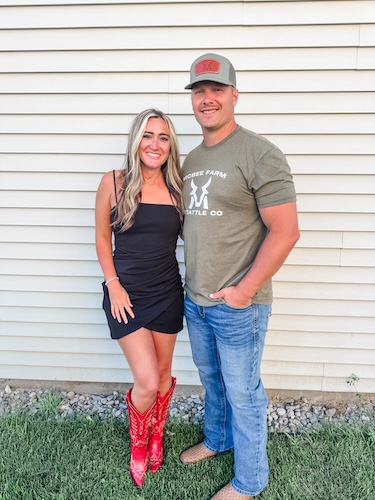
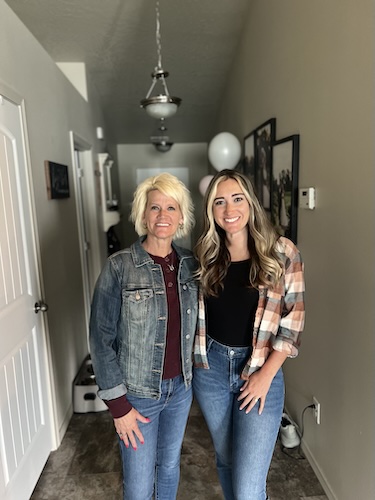
Stephanie Chuang: You talked about self-advocacy, which we’ll talk about throughout the entire conversation. But this idea of waiting, waiting for your appointment, waiting for insurance to approve or not approve, waiting for a tumor board. For me, it was like getting a diagnosis on the phone and then being told by a family friend. You know, oncology is going to take forever at your large academic institution, so just go to the emergency department.
So that’s another tip for people, by the way: just get into the system. So you get seen, and then they put you somewhere that you’re supposed to be. But I was waiting to understand. I remember they did so many procedures, I had biopsies and bone marrow biopsies and lymph node extractions and blood tests upon blood tests. And then it was the whole week in the hospital. What is it like? We know it’s lymphoma. Is it Hodgkin or non-Hodgkin? Are we talking about, you know, aggressive or indolent? Are we talking… So? Not this period, and you’re still in it. That’s what I want to acknowledge, is you’re still in it, is it feels like there’s still no plan of action.
And I think for different people who are dealing with a diagnosis that it varies. Like sometimes it’s very short and, you know, right away for other people like you, you’re waiting weeks to understand, well, what are we going to do about this? So how have you been able to manage the mental part of that, the waiting part of it?
I have my good days. I have my bad days, more good than bad days, which is good. But it’s just about occupying your mind.
The Waiting Game: Coping with Uncertainty and Lack of a Plan
Taylor Scheib: It’s so hard, honestly, and I have my good days. I have my bad days, more good than bad days, which is good. But it’s just about occupying your mind. And when I was diagnosed and I started telling my close friends and family, I think, like trauma bonding, it’s very powerful. I have some friends that I don’t talk to every day, of course, but they’re your best friends no matter what. You pick up right where you left off.
So, as crappy as this was to get this diagnosis, it gave me a chance to actually kind of get closer with some of my friends. That has been such an amazing distraction since my diagnosis, catching up with old friends, catching up with your family again. My dad is calling me so much more, he calls all the time in general, but even more so now, my grandparents are reaching out like every so often. So I would say that’s been one solid thing.
Then the other part has been my husband. He has been my rock, of course, through this. Then we’re super active people. So we went and bought really expensive bikes to get on the trails. Stay active. And we’re just trying to find ways to continue living our lives. And for us, that is planning a trip. So, sorry, Stephanie, in the next year or so, I’m going to be going on some trips.
Stephanie Chuang: Oh, 100%. And you should go out and live your life 100%. No apologies. That’s 100% what you should be doing. And it makes me so happy to hear that. Those are the steps that you guys are taking. So many things came up when you were talking about that. You know, when you talk about trauma bonding, I’ll talk about the flip side of some of the experiences I’ve had, too. But this is the question of why we need a reason? But we do. I love that it just automatically gave this a thumbs up.

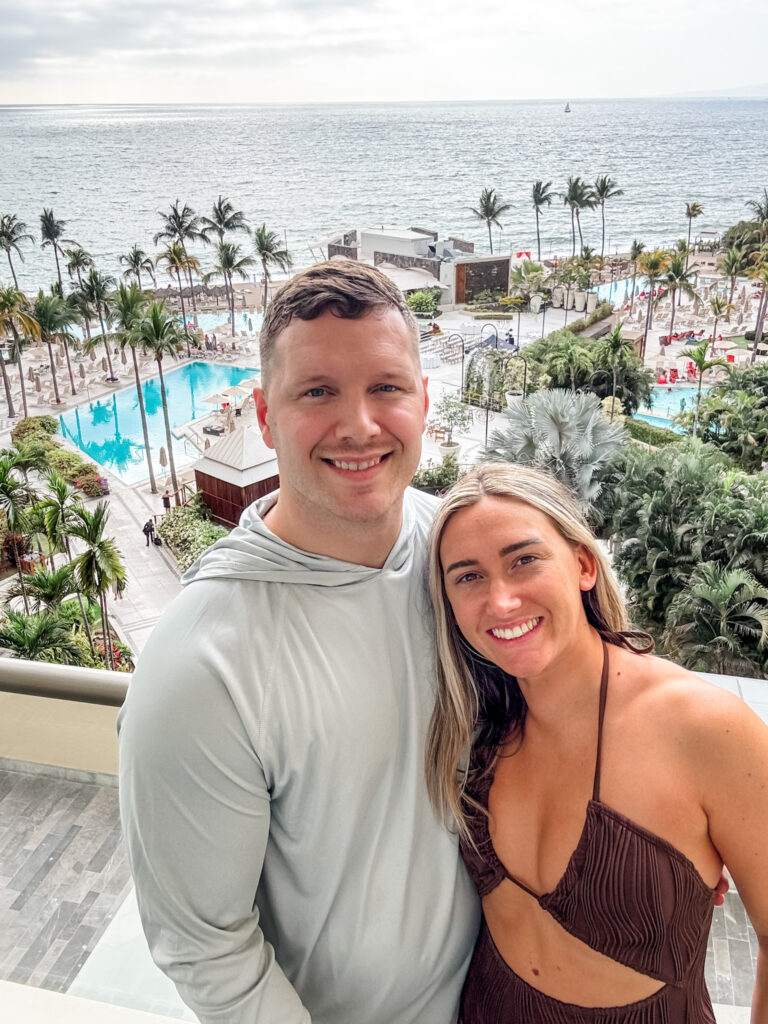
Community and Connection: Reaching Out and Trauma Bonding
Stephanie Chuang: People come from different places, whether you’re close. My friends started a campaign called #SpicyStrong. And I think it’s because when I was in my delirium, when they put me under for the lymph node biopsy, I had to go under full anesthesia, and I don’t know if I was going in or coming out, but I was super loopy. And so I was talking to the nurse. And I went, “I’m so spicy and strong,” or something, I mean, ridiculous. And then that just became the hashtag.
They printed shirts, and it got to people, and they were posting on social media. This is making me remember a lot of things I forgot. But people who are super close to me, people who I hadn’t seen in years. And that is such a beautiful part of this, right? One of the silver linings. I’d rather not have this, but the fact that I do and people like me are showing how much they think about me. I mean, what was the most powerful? I mean, I know you had lots of people reach out, but is there one situation where it took you by surprise, or a message that came from someone you hadn’t talked to in a while?
Taylor Scheib: Yeah, there’s one example where, and I’m sure you can relate to this, being formally in the news. You bounce around all these towns and cities, and you have friends everywhere, like I mentioned. And even when I just had the partial thyroidectomy, a group of friends in Denver sent me a care package, and that was before I even got my diagnosis. And so I was just so taken aback and just so thankful for them sending that. And so that was one thing. And then the other has been again, when I was in sports broadcasting, and I’ve heard from so many people from the little towns that I was covering, you know, seven, eight, nine years ago. And they’re commenting on my post, just saying, you know, we’re supporting you. This community is supporting you.
That’s just meant the world to me. And so those have been instances where it kind of stops you in your tracks. I don’t know if you’ve felt that way, but you just think, humanity is good. Yeah, yeah. Decency still. And there is a way to break through the screen. There’s a way to break through the phone call, the FaceTime, the message. And so I’m not sure if you felt that same way in those instances, but it stops you in your tracks, and you just realize, I have so many amazing people in my life.
Stephanie Chuang: Yes, 100%. It does resonate. Taylor. It’s 100% humanity is amazing. These are the beautiful moments of humanity when people come out. And, you know, I think a lot of the social stuff might be we are scared to, you know, reach out to someone from before because we think, well, what if they think I’m weird or they don’t even remember me or whatever? And these situations just take us completely out of that. Right. It’s like, no, I care about this person, or I just want them to know that I’m thinking about them, and it’s okay if they don’t reply or all those things. I think that is beautiful, and I wish more of us could get to that.
Yes, 100%. It does resonate. Taylor. It’s 100% humanity is amazing. These are the beautiful moments of humanity when people come out. And, you know, I think a lot of the social stuff might be that we are scared to reach out to someone from before because we’re like, well, what if they think I’m weird or they don’t even remember me or whatever? And these situations just take us completely out of that. Right. No, I care about this person, or I just want them to know that I’m thinking about them, and it’s okay if they don’t reply or all those things. I think that is beautiful, and I wish more of us could get to that.
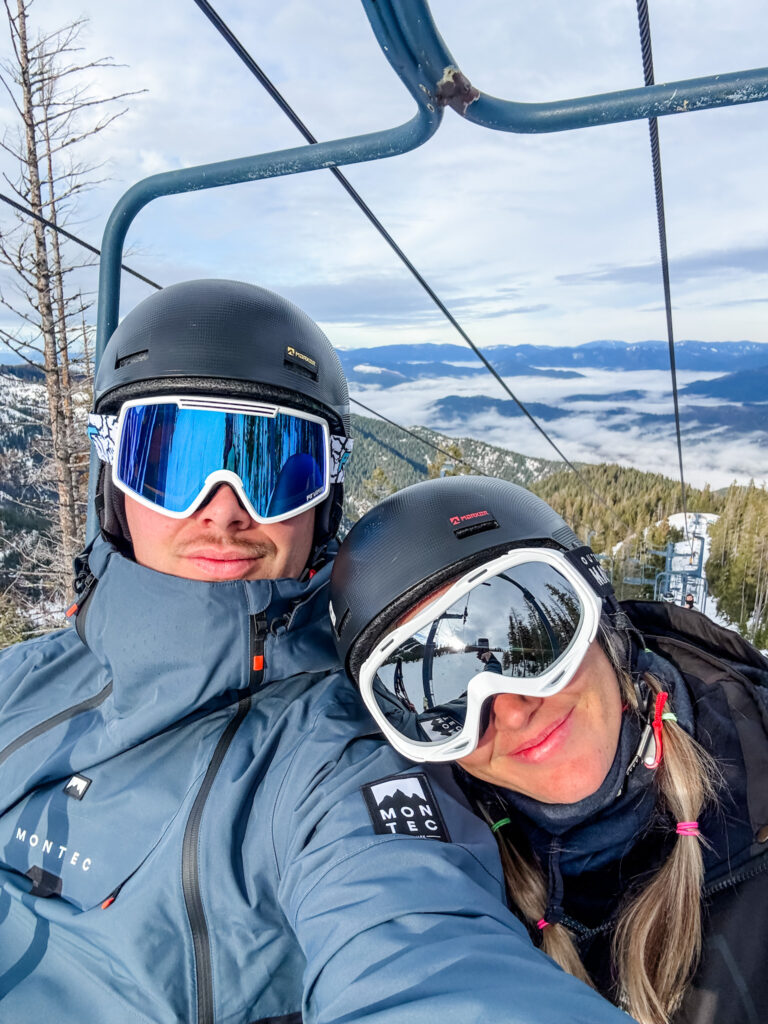
… whatever other people’s reaction is, it is not about you. It is, of course, about concern for you and what you’re going through for the people who love you.
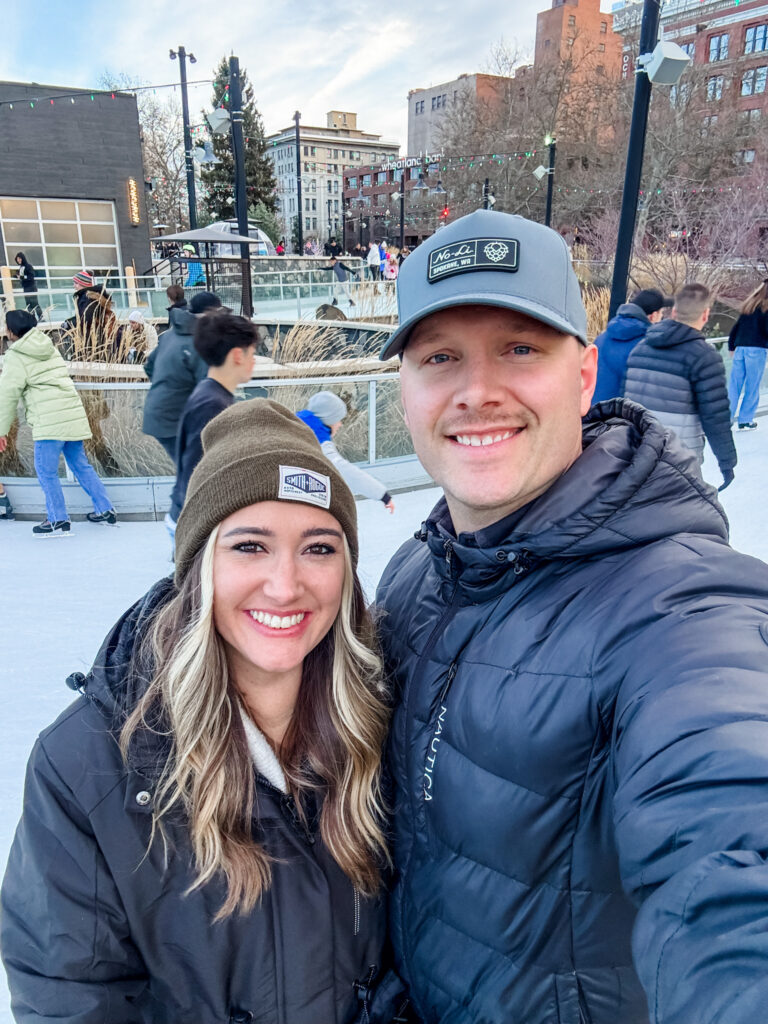
Telling Others: Navigating Reactions and Support Systems
Stephanie Chuang: I do want to touch on just because, for anyone who’s tuning in who is dealing with something again, it could be a diagnosis, cancer, or otherwise. It could be something else. When you have something to tell other people that they’re not familiar with. So I don’t know, sometimes I’ve found that military people find that with civilians. It’s like a walking-around language with sickness. Or maybe if someone’s announcing, say, a divorce and other people aren’t familiar with it, it could be any of those things.
I think the way other people react is very – it can be very jarring. And so I’d like to spend some time here, which is that, you know, people have different kinds of people in their lives. Some people have tons of friends, some people have a tighter circle and and all these things. I’ll start with an example, which is a newer friend, but I’d known her for a few years at least. More of a social friend, maybe.
But when I was diagnosed, she kind of disappeared, and she was one of the people I saw more often in that time frame. You know, a lot of my friends, to your point, are scattered around the country. And so it was very disappointing, and it was hurtful because here I am thinking about my mortality, not sure about what I’m going to do, worried about my hair loss, and all these things. I’m 31, and she just dropped off.
I just want to say this, not to harp on her as a person, but really to say, I think what I learned in that is whatever other people’s reaction is, it is not about you. It is, of course, about concern for you and what you’re going through for the people who love you. But for any of the weird stuff or the things that might be surprising, I would just say, broad strokes, the reaction is about their discomfort. They don’t know how to show up. They do care about you
